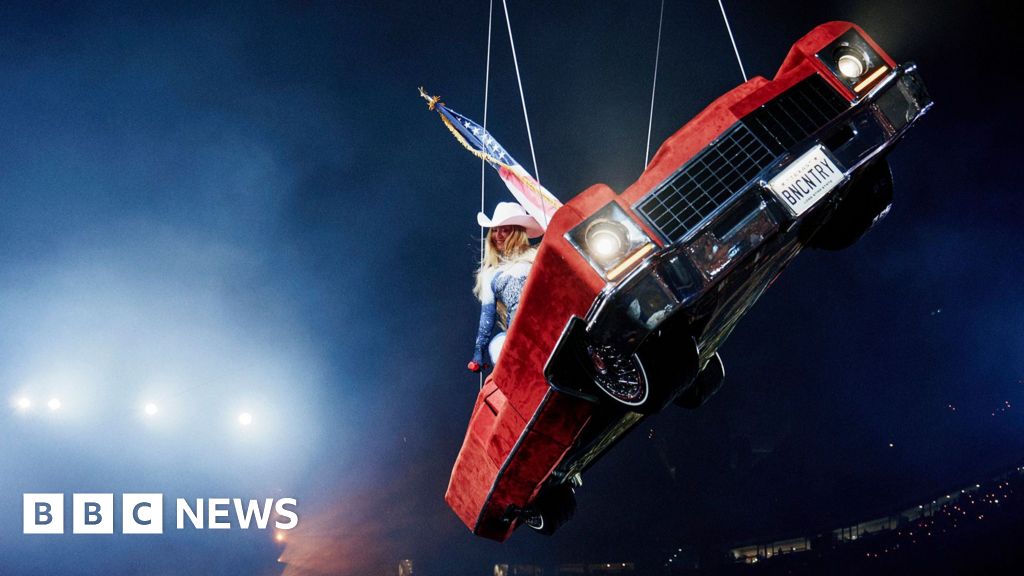Israel and Iran reached a ceasefire after 12 days of intense missile exchanges in June 2025 that also saw the United States enter the fray in the Middle East. Videos circulating on Facebook in Ethiopia claim to show Iranian nuclear facilities being relocated ahead of US airstrikes. However, these videos were generated using artificial intelligence (AI).
A Facebook post published with a video on June 23, 2025, contains a text overlay in Amharic that reads: “The nuclear weapons that America claimed to have struck were found in another underground facility.”
“Iran claims that everything is safe,” adds the text overlay at the bottom of the video.
Screenshot of the false post, taken on June 25, 2025
The post, shared more than 210 times, contains eight seconds of footage showing what appear to be dozens of nuclear warheads with Iranian flags in an underground facility.
The post was also shared here on Facebook on June 24, 2025. The same account repeated the claim with a different video a day earlier.
“Iran moved the uranium enrichment facilities to other locations 24 hours before the US attack,” reads the Amharic post shared more than 180 times and dated June 23, 2025.
Screenshot of the false post, taken on June 25, 2025
It includes a 10-second video that appears to show large containers being transported by a vehicle, while people watch from the roadside.
“The Iran of Islam, the Islamic Republic, in this battle, can destroy Israel in a few hours or perhaps days,” says a man’s voice in Arabic.
US strikes
Israel began attacking Iran on June 13, 2025, hitting nuclear and military facilities and residential areas, and triggering a wave of Iranian missile attacks on Israel that continued until a ceasefire came into effect on June 24, 2025.
On June 22, 2025, the US attacked three key Iranian nuclear facilities, including an underground uranium enrichment facility in Fordo, using massive bunker-busting bombs. This was followed by an Iranian missile strike on the largest US military facility in the Middle East, the Al Udeid air base in Qatar (archived here).
It remains disputed whether Iran may have moved enriched uranium before the US strikes and whether these caused significant damage after reports indicated that they did not destroy key components and that Iran's nuclear programme was set back only months at most (archived here).
However, the videos purporting to show Iranian nuclear facilities being moved to other sites were generated with AI.
AI-generated clips
The first indications that the video was created artificially are several glitches typical of AI tools.
In the first video, for example, there are glitches in the rendering of the nuclear missiles. Some have no heads, only tails, while others have only heads. For some, the design simply breaks off in the middle, making them appear partially suspended in the air.
The texture of the concrete walls also morphs as the camera moves along.
In the second video, the movement of the vehicle's wheels is inconsistent. At one point, the wheels appear static while the vehicle continues moving. Additionally, the hand movements of people seen waving and taking photos along the roadside appear unnaturally stiff and unrealistic.
AFP Fact Check also used the video verification tool InVID-WeVerify to conduct reverse image searches on keyframes from both videos.
The search result established that the first clip with a higher resolution was published on YouTube on June 19, 2025 (archived here).
The YouTube version has a clear “Veo” watermark in the bottom right corner. In the Facebook post, the watermark has been cropped out.
Screenshots of the YouTube video with the “Veo” watermark (left) and the Facebook post, taken on June 25, 2025
Google's new AI-powered video creation tool, Veo, allows users to generate realistic-looking videos that are currently eight seconds maximum in length, the same as the clip (archived here).
Similarly, the search results for the second video revealed that it was AI-generated using another program called InVideo. The tool helps users to create up to 10 seconds of video (archived here).
The video was originally published on the Facebook page “Ayoub Ennachat” on June 4, 2025 — more than two weeks before the US strikes on Iranian nuclear facilities (archived here).
A review of the page shows that it regularly shares AI-generated videos made with InVideo.
Screenshots of the YouTube video with the “InVideo AI” watermark (left) and the Facebook post, taken on June 25, 2025
The original video, which has been shared more than 7,500 times, features a 10-second clip with a visible “InVideo AI” watermark in the top-right corner. The text accompanying the video also mentions “InVideo”.
In the version shared on Facebook with the false claim, the “InVideo” watermark is covered with Iranian flags.
Additionally, the original video features background sounds of wind and passing vehicles.
In the false claim, this audio was replaced with a man speaking in Arabic about Iran fighting Israel.










 English (US) ·
English (US) ·